Stalinist Empire Futurism Interior Design Retrofuturistic Aesthetics with Sovietinspired Grandeur
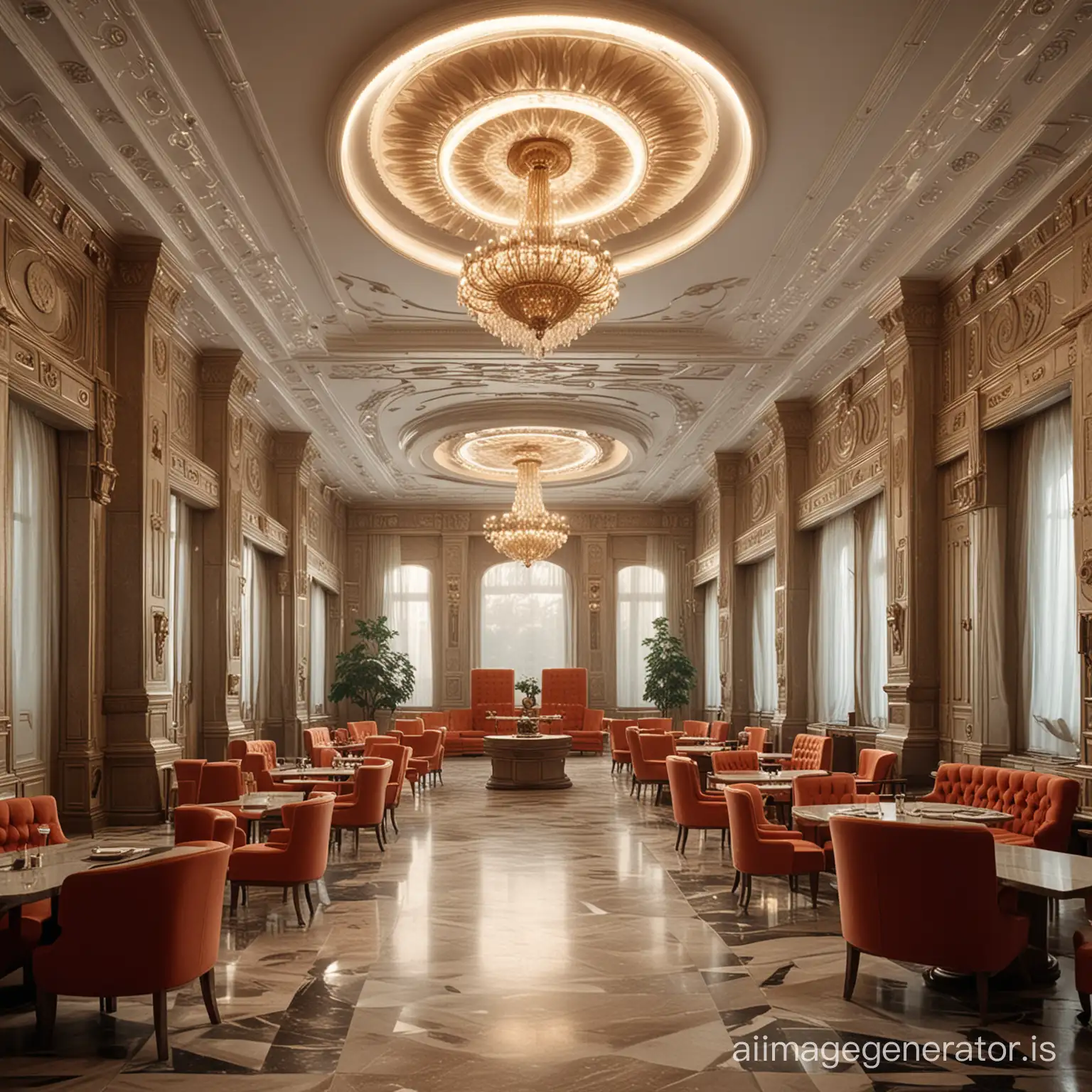
Image Prompt
Prompt
сталинский ампир плюс футуризм - дизайн интерьера
Model: realistic
Ratio: 1:1
Related AI Images
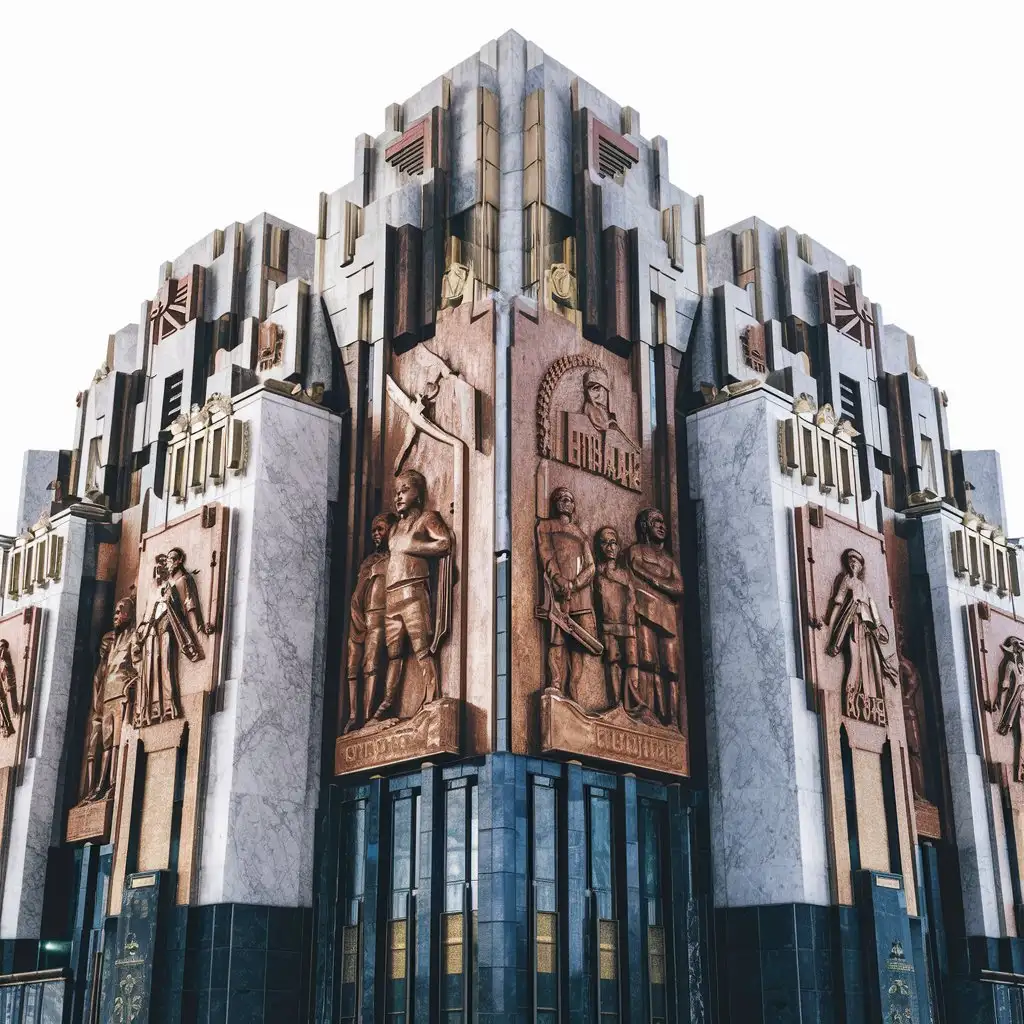
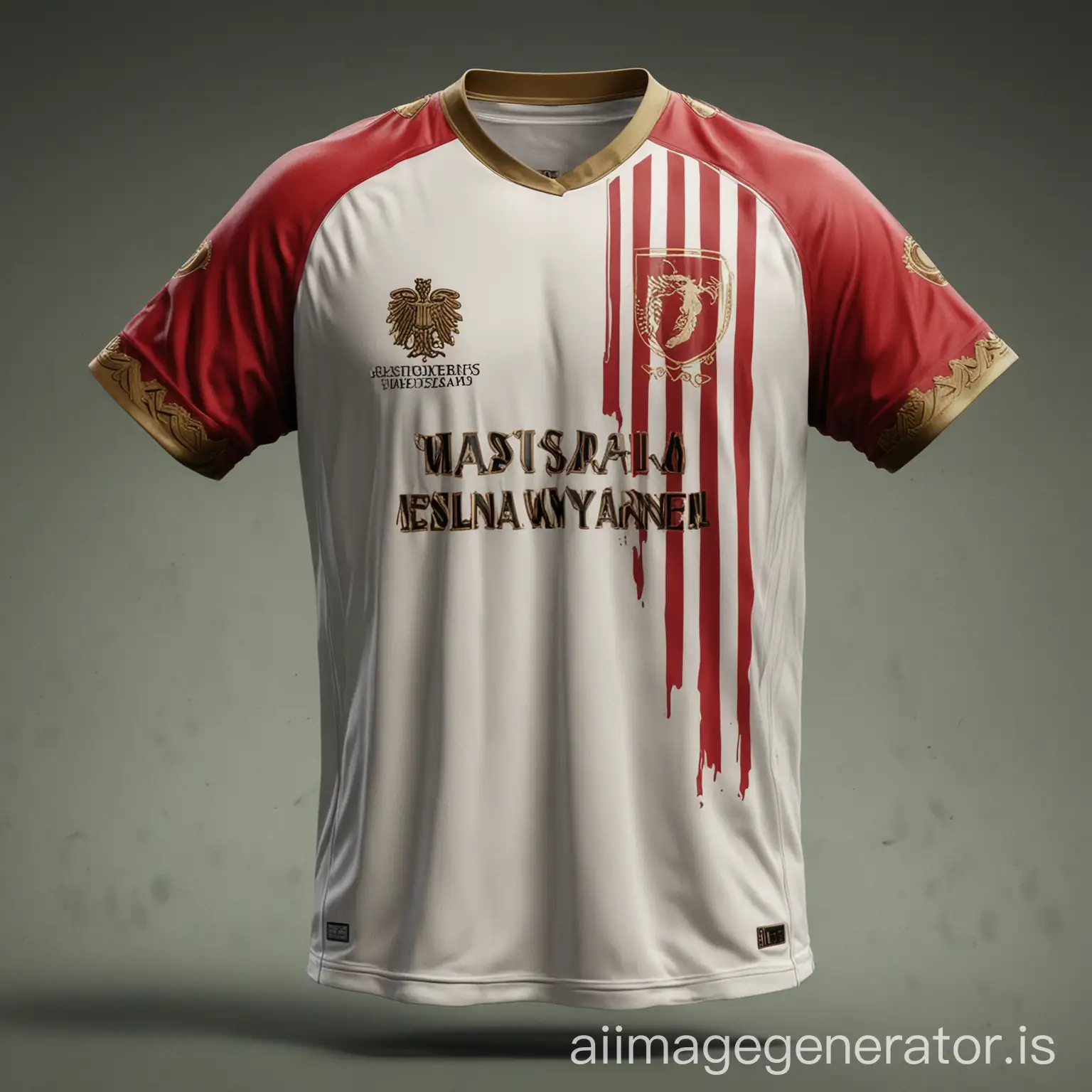
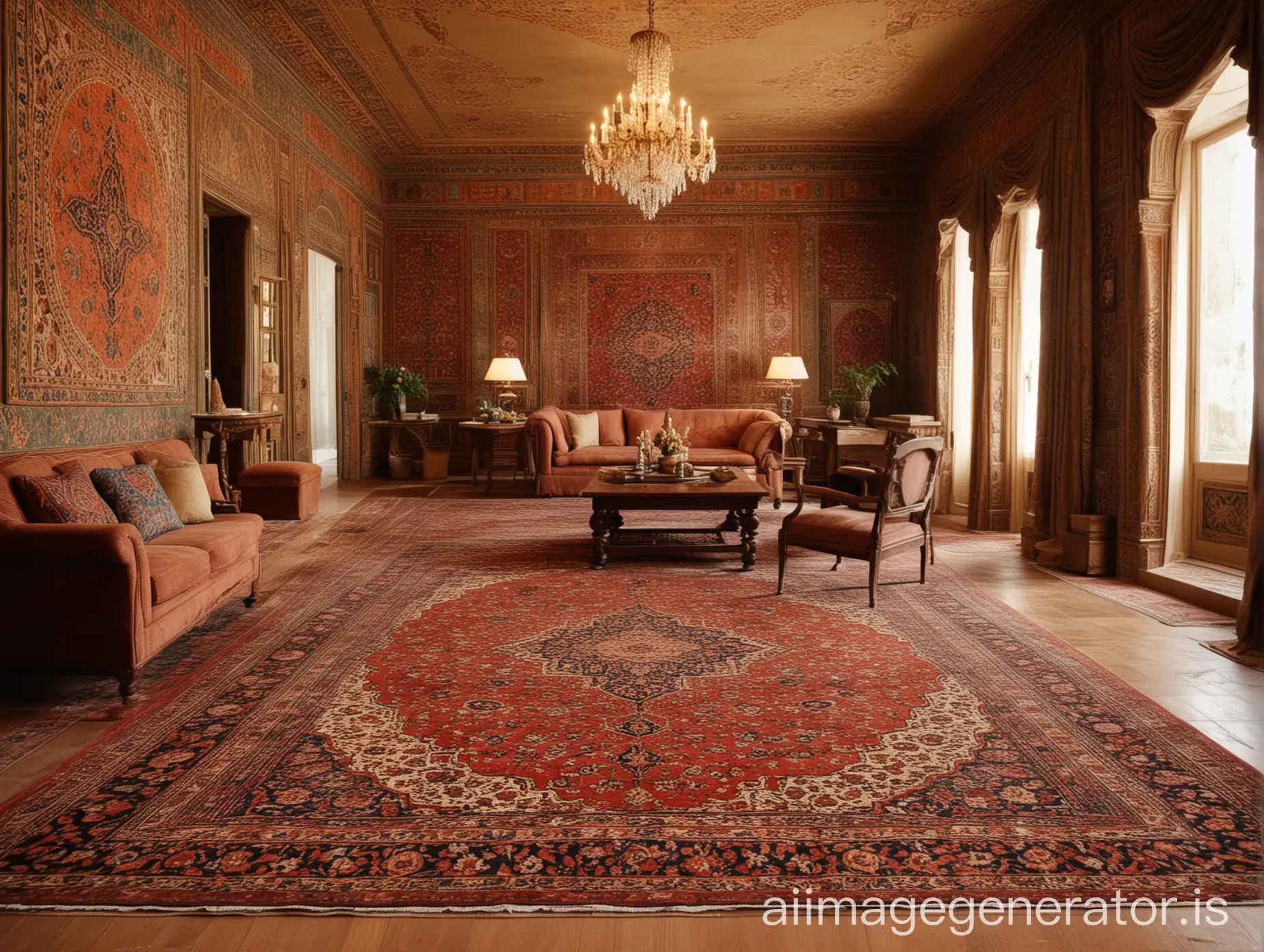
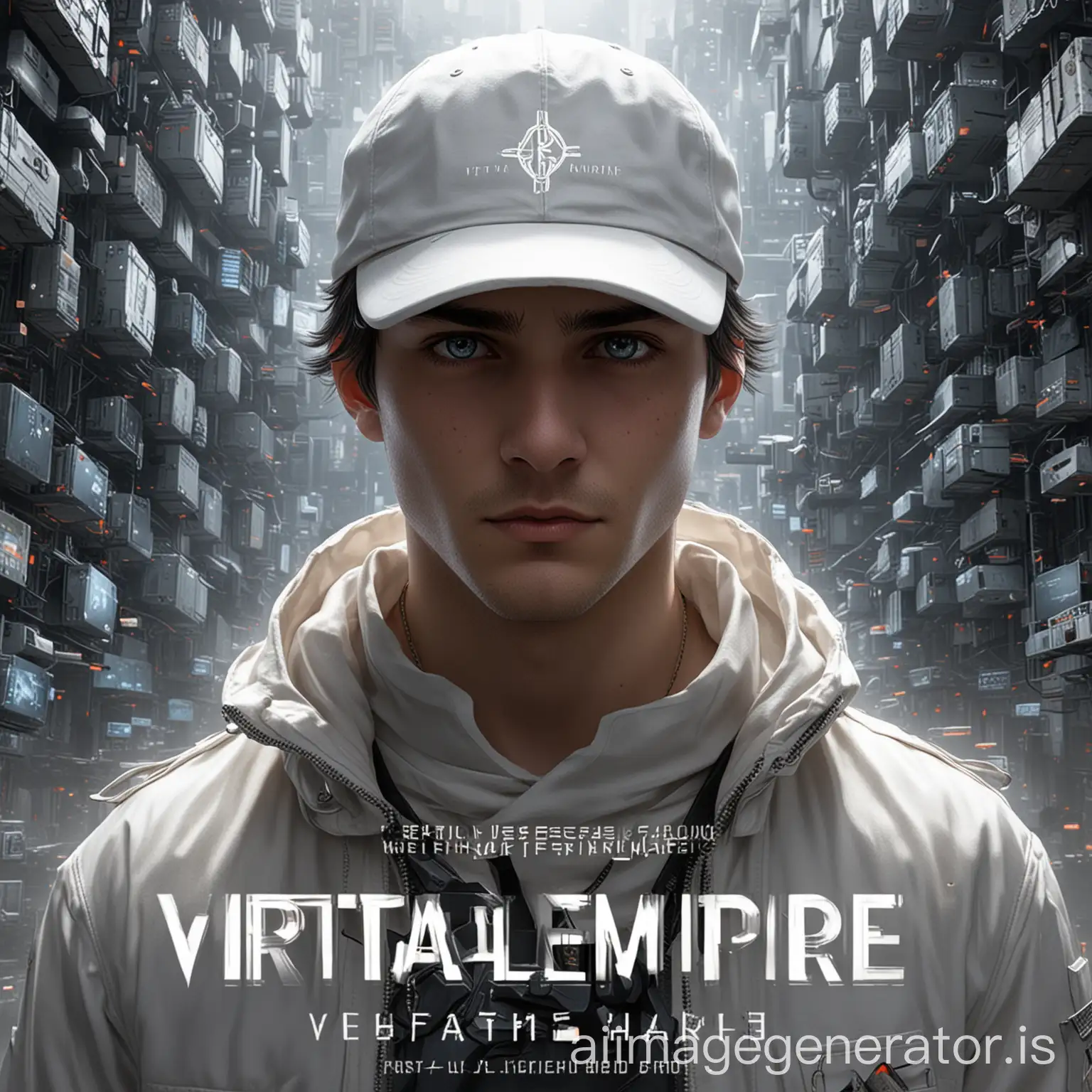
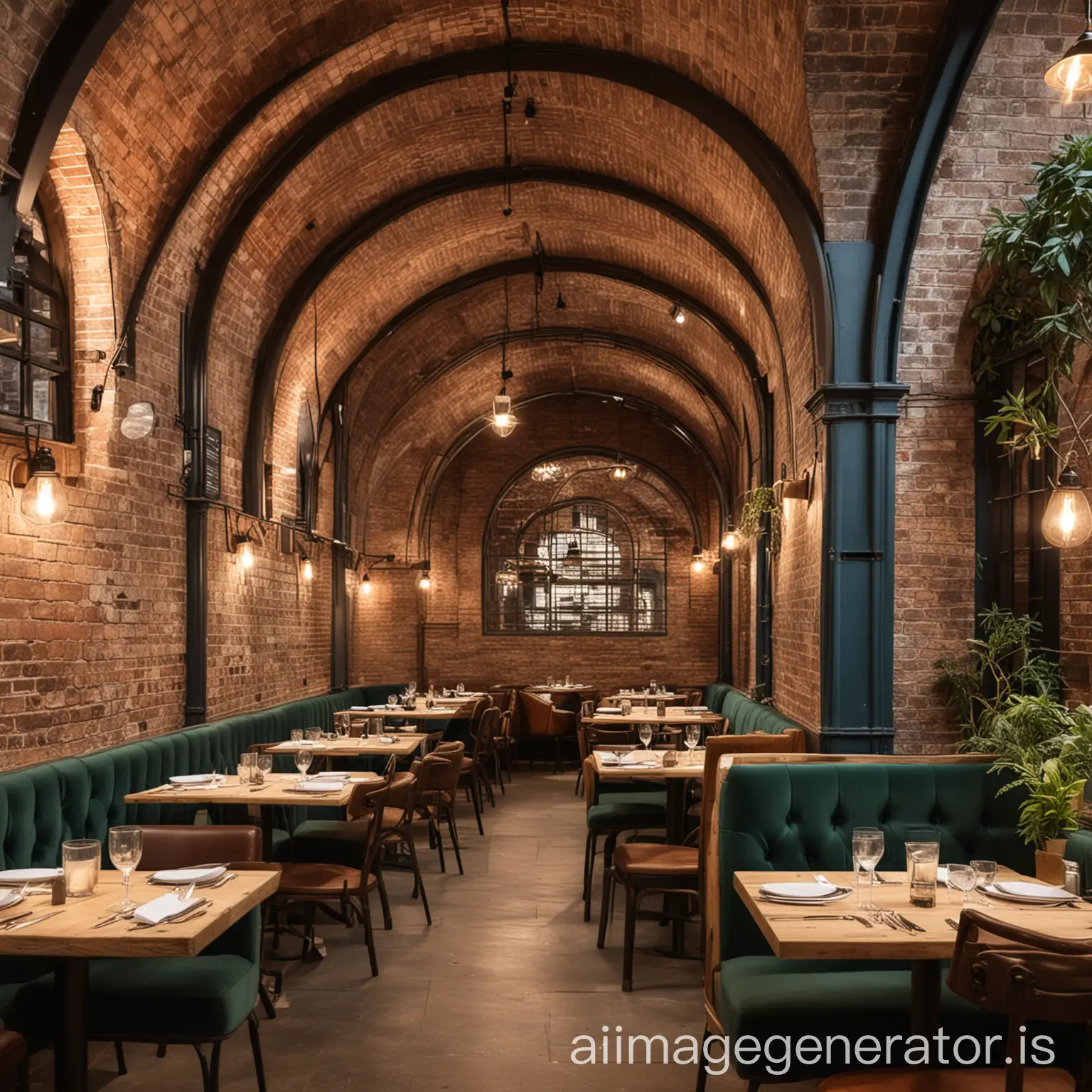
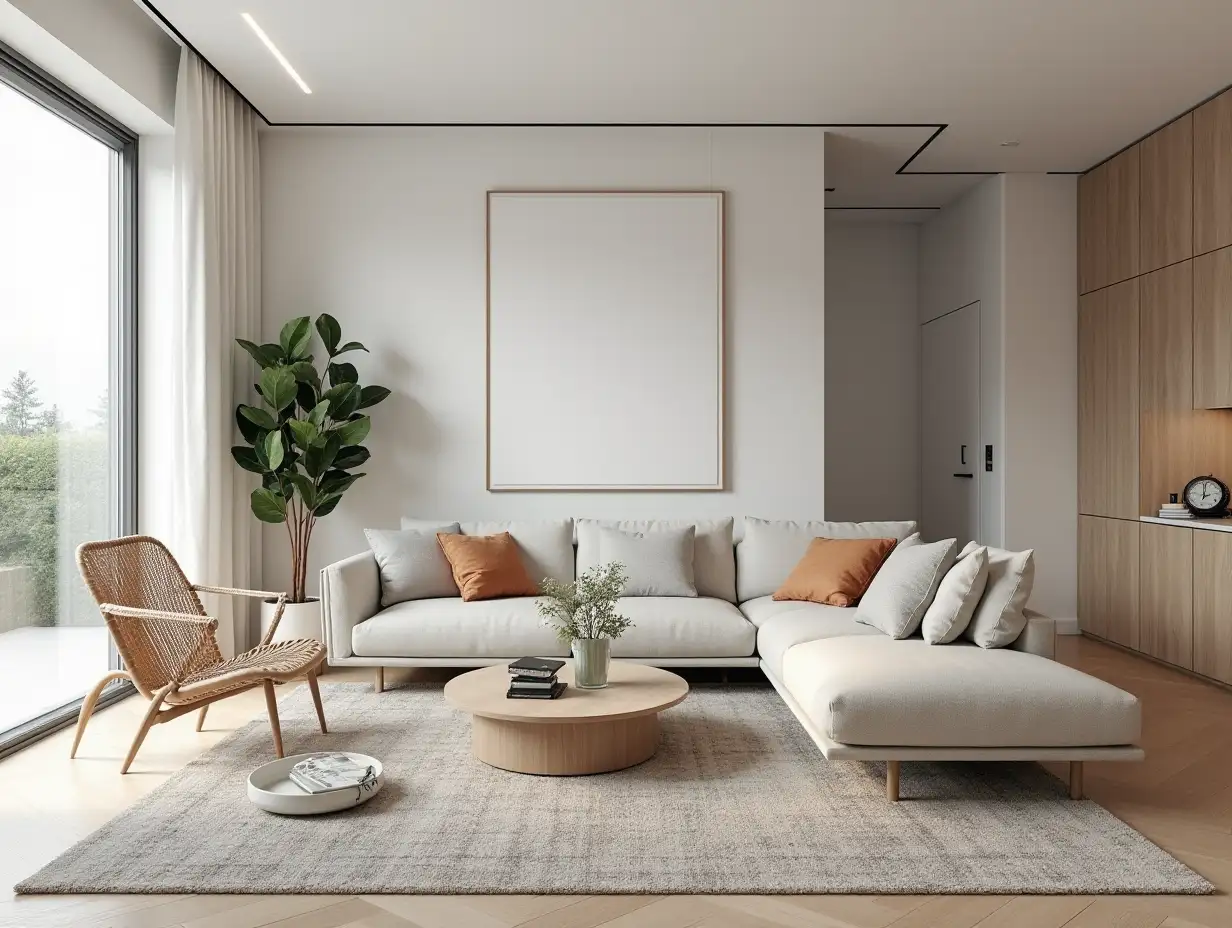
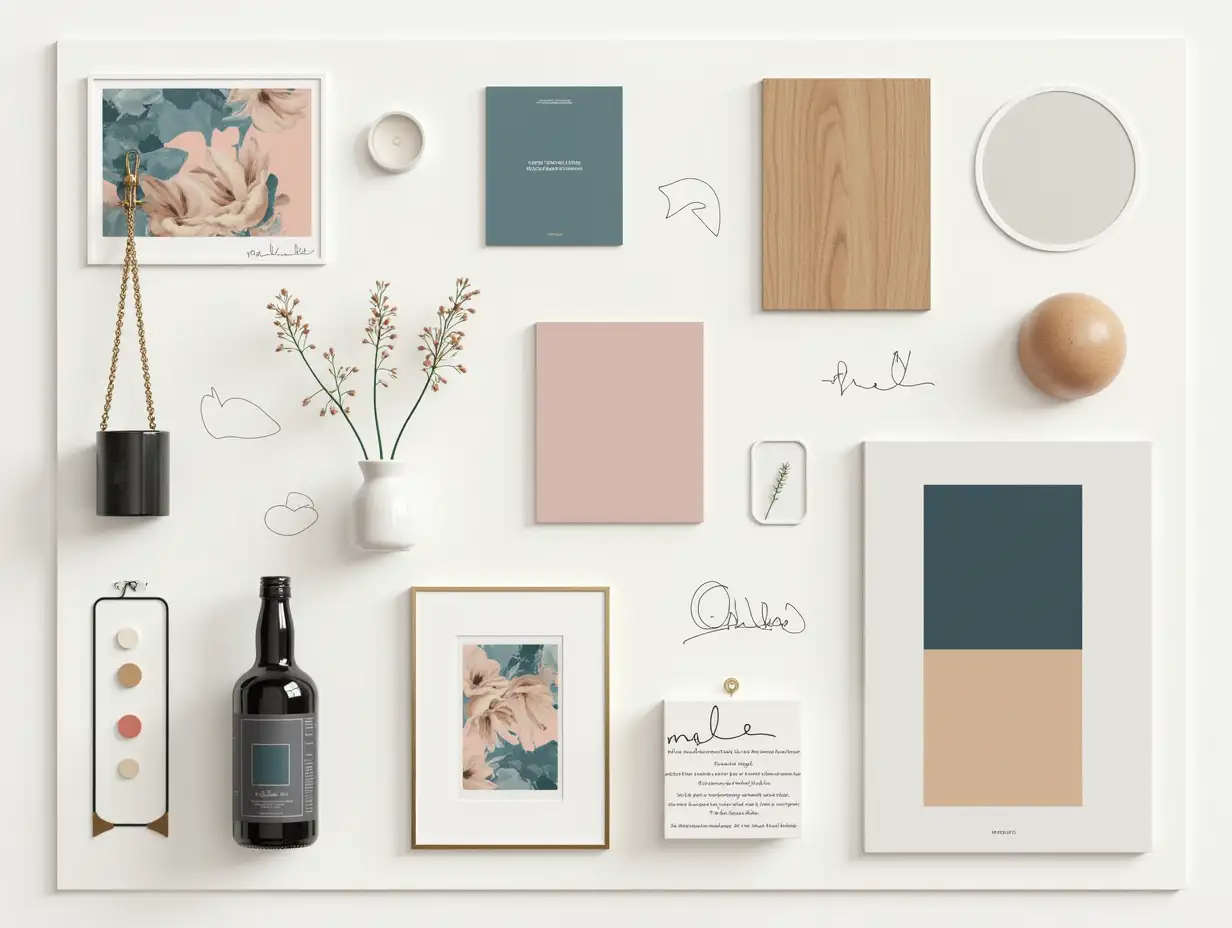
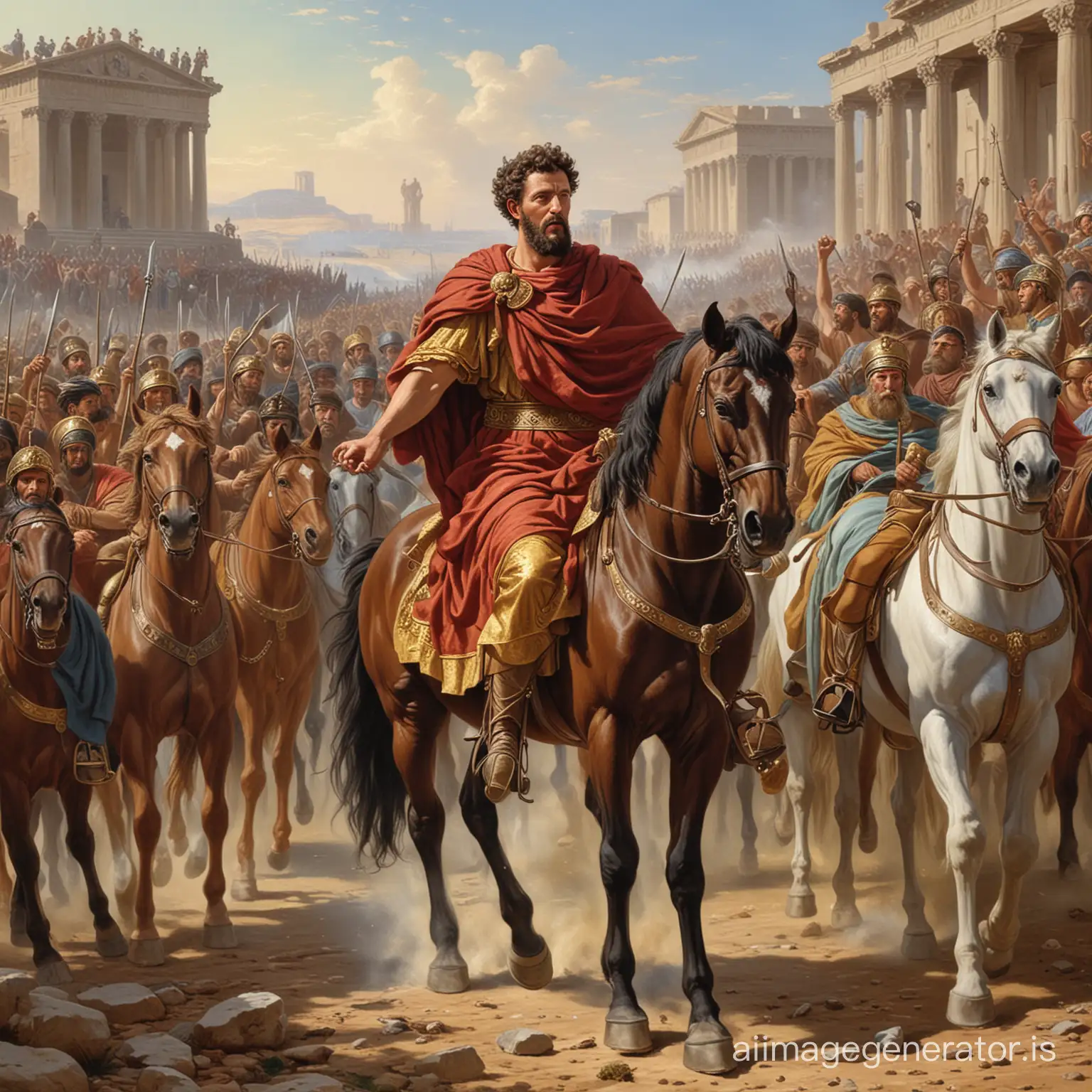
Related Tags
Prompt Analyze
- Subject: The subject of the image combines elements of Stalinist Empire architecture and futuristic design, creating a unique blend of retro and modern styles. Stalinist Empire architecture is characterized by grandiose and ornate buildings, often featuring neoclassical elements and monumental scale. Futurism, on the other hand, embraces sleek lines, geometric shapes, and innovative materials. Setting: The setting likely portrays an interior space adorned with the opulent features of Stalinist Empire architecture, such as high ceilings, intricate moldings, and grand chandeliers. However, integrated seamlessly into this classical backdrop are futuristic elements like minimalist furniture, avant-garde lighting fixtures, and perhaps even holographic displays. Background/Style/Coloring: The background may feature a combination of rich, deep colors commonly associated with Stalinist Empire interiors, such as burgundy, gold, and emerald green. These luxurious hues provide a striking contrast to the sleek, metallic tones often found in futuristic design, such as chrome, silver, and matte black. Action or Items: The image may showcase futuristic gadgets or technologies juxtaposed against the classical setting, perhaps implying a reimagining of the past through a futuristic lens. This could include items like retro-futuristic furniture, avant-garde art pieces, or even robotic assistants seamlessly integrated into the environment. Costume or Appearance: While there may not be human subjects in the image, the aesthetic choices in decor could suggest a blend of vintage and futuristic fashion. Think sleek, tailored suits reminiscent of mid-20th-century attire paired with accessories featuring cutting-edge materials and designs. Accessories: Accessories in the image might include decorative elements that bridge the gap between past and future, such as sculptures combining classical forms with modernist abstraction, or ornate fixtures with built-in smart technology. These details add depth and intrigue to the overall composition, inviting viewers to explore the intersection of history and innovation.